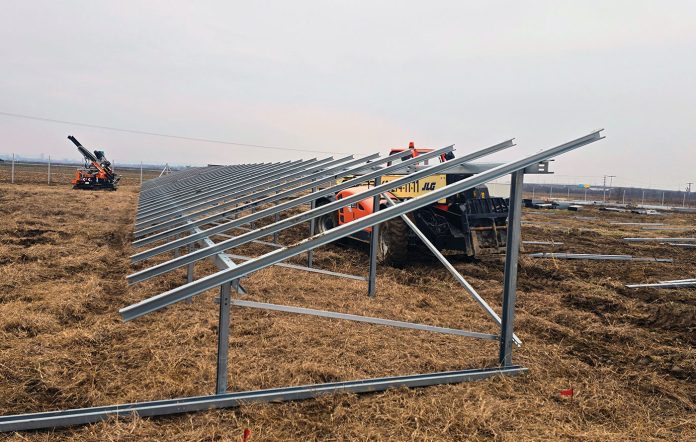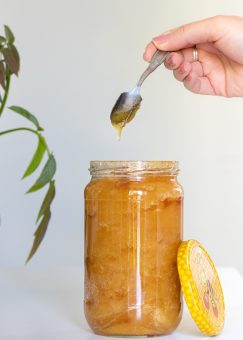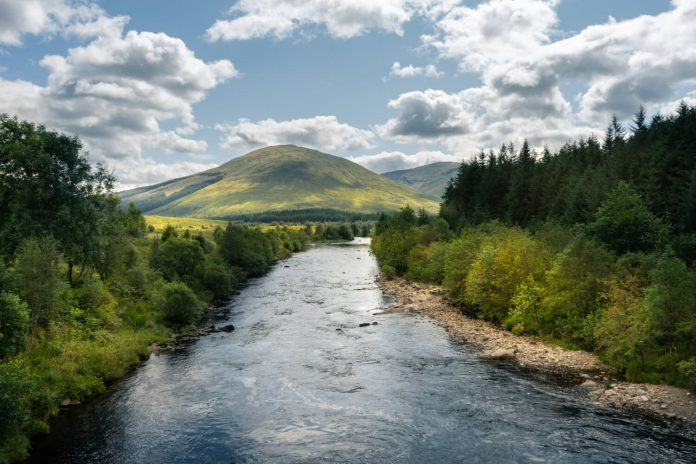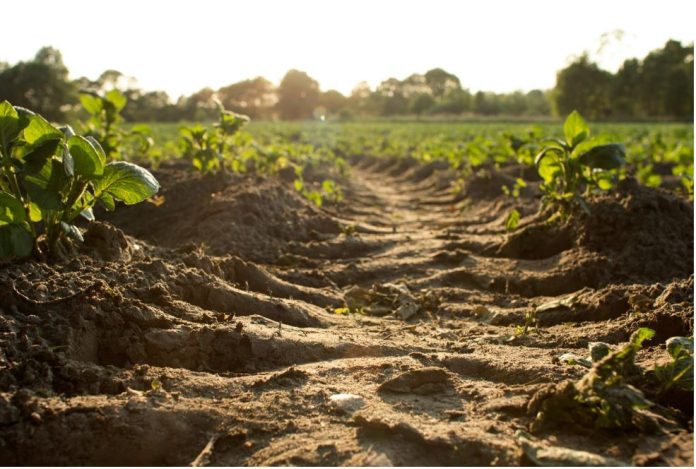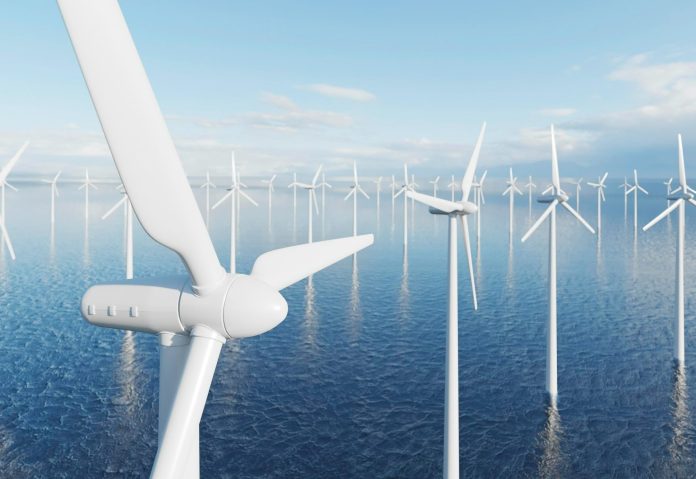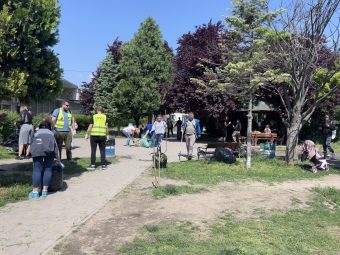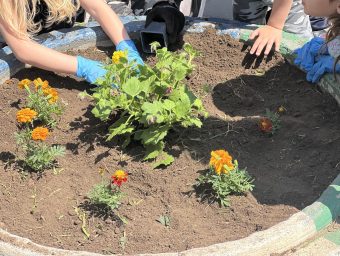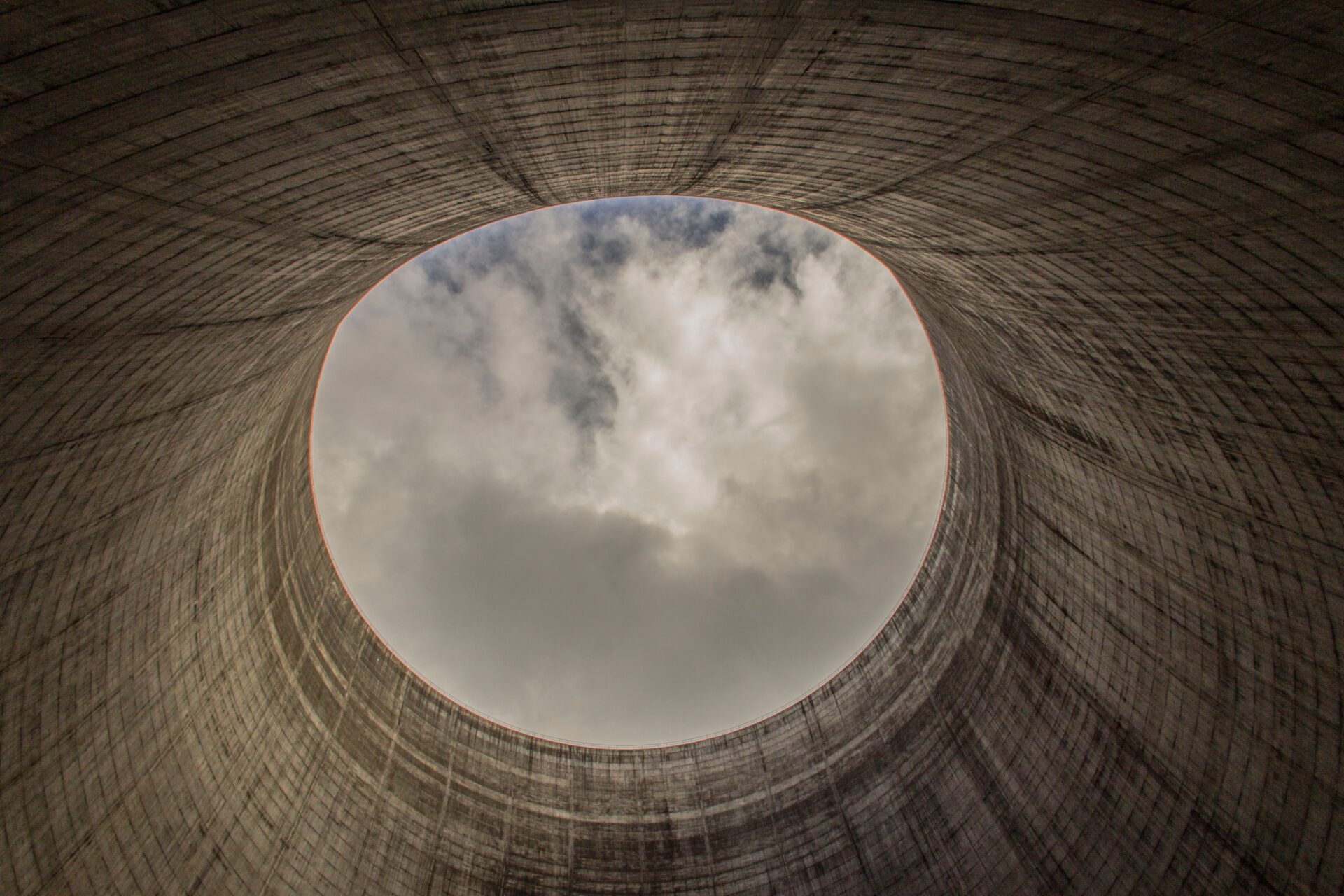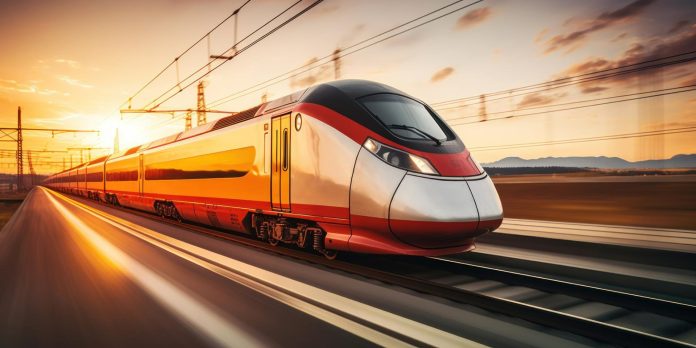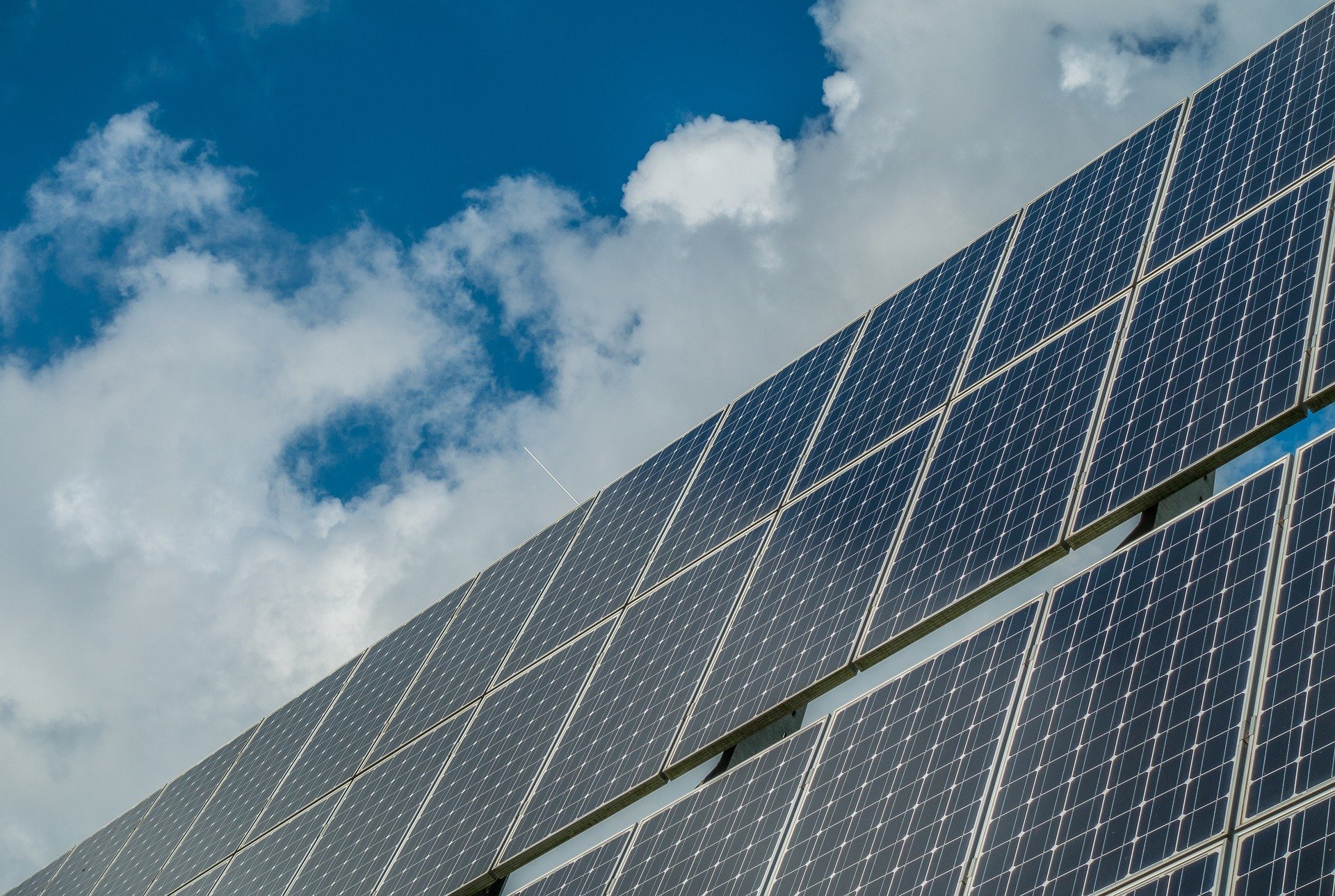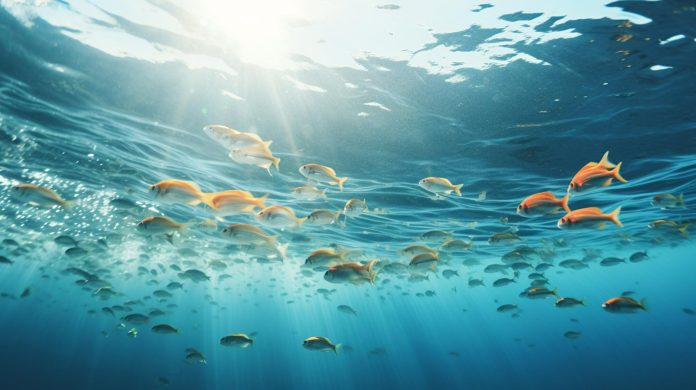The south of Serbia is known for its mountainous landscapes, specialties, and hospitality – traits recognized far beyond the region. While the residents of this area carefully preserve what makes it special, they simultaneously open the door to new opportunities that benefit both the present and the future. One such opportunity is using clean energy, which is increasingly finding its place in this part of the country.
Brestovac, a settlement within the city of Leskovac, has recognized the importance of renewable energy sources by allocating its land to produce green energy. On an area of 2.5 hectares, the company MT-KOMEX began the construction of the solar power plant – Solar Elektro at the end of February this year. The investor of this project, Solar Elektro d.o.o. Kragujevac entrusted the construction to MT-KOMEX, a company recognized for its extensive experience and reliability as a partner. With over 250 ground and rooftop solar power projects implemented, this company has installed over 350,000 solar panels.
For the realization of this project, the company’s expert team will install 2,600 solar panels, each with a capacity of 640 Wp, manufactured by Aiko. The total installed capacity of the solar power plant will be 1,664 MWp, while the active power will be 1,500 kW. The quality of a solar power plant is reflected in careful planning and precise execution. To maximize electricity production during the summer months, the solar panels will be vertically oriented and mounted on a supporting substructure at a tilt angle of 20°, facing south. The southern and southwestern parts of Serbia are among the sunniest regions in the country, making them ideal for developing solar power plants and enhancing long-term energy stability.
IN FOCUS:
- Meet Cork – The Material of the 21st Century
- Art Blooms – The Most Beautiful Front of the Environmental Fight
- A Programme That Changes Lives
The project envisages a total of 15 inverters with an individual power of 100 kW, manufactured by Huawei (model – SUN2000-100KTL-M2). The inverter automatically synchronizes with the grid at a voltage of 0.4 kV. Once operational, the solar power plant will deliver all the electricity it generates to the power distribution system. Annual production is expected to reach approximately 2,335.4 MWh, representing a significant contribution to increasing the share of solar energy in the overall power grid.
To ensure the highest level of safety for the solar power plant, a lightning protection system with an early steamer emission device is planned to protect the facility from atmospheric discharges. Sensors will be installed within the power plant to monitor local meteorological data relevant to the plant’s operation.
These sensors will measure four key parameters: solar radiation intensity, wind speed, ambient temperature, and the temperature of the solar panels.
In addition to producing clean energy, this project will also contribute to reducing carbon dioxide emissions. On an annual basis, the power plant is expected to lower CO2 emissions by 2,246 kilograms, further supporting environmental protection and improving air quality in the region.
This solar project lays the foundation for an energy-independent and environmentally responsible community in Brestovac, contributing to a sustainable future for Serbia as a whole.
Prepared by: Katarina Vuinac
Read the story in the new issue of the Energy portal Magazine SUSTAINABLE MOBILITY

